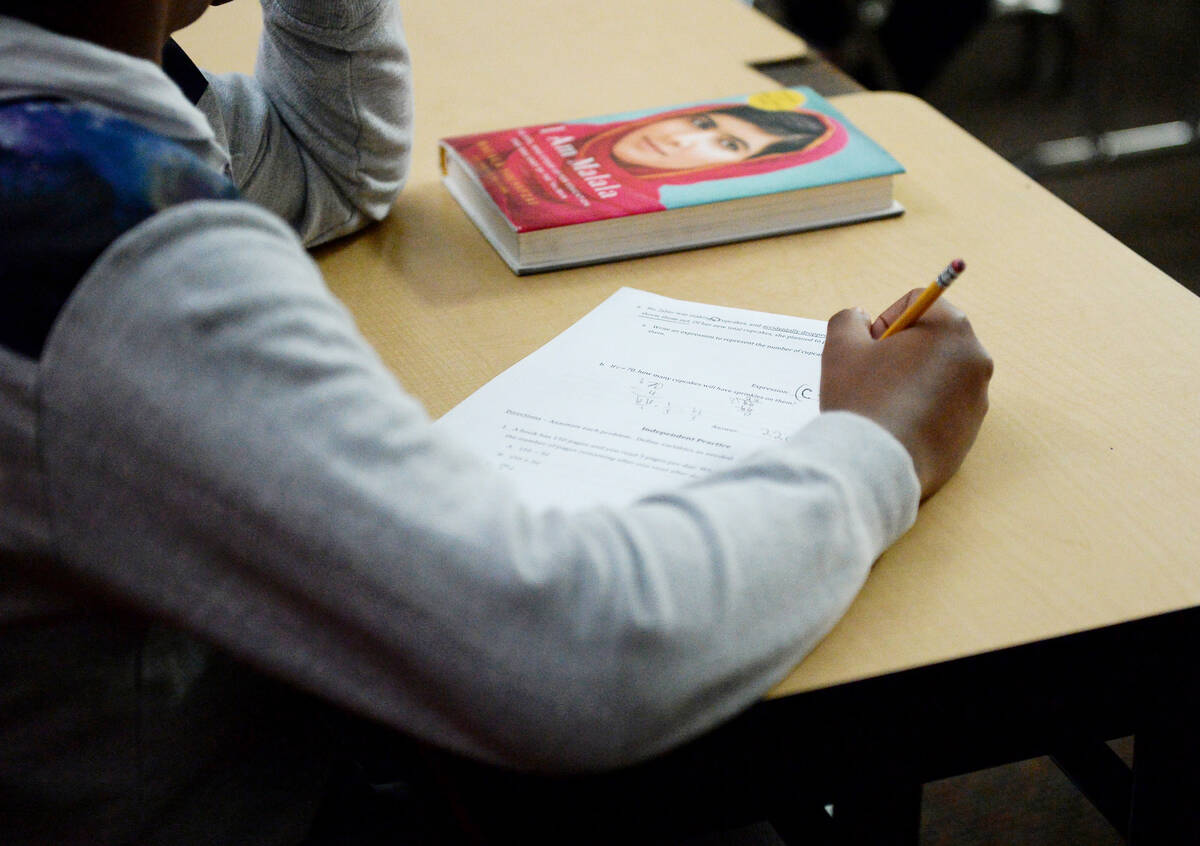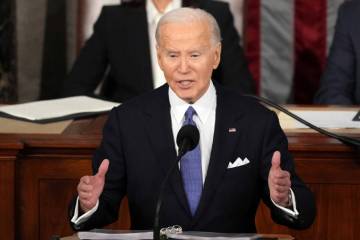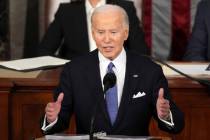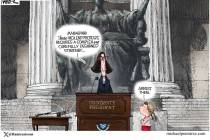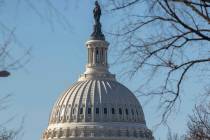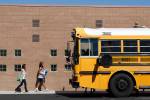COMMENTARY: School districts wasted emergency K-12 education funding
The K-12 public education system demanded and received $190 billion in COVID-era emergency federal funding while cruelly subjecting students to prolonged school closures that imperiled their academic and emotional futures. In contrast, as Rep. Summer Lee, D-Pa., readily acknowledged during a recent congressional hearing, private schools “were able to open faster because these were not school systems.”
The past four years revealed that systems must prioritize the needs of individual students.
At the hearing, Lee also lamented that marginalized students “have been locked into school systems” that keep “Black and brown and working-class students out of the most high-performing schools.” As the subcommittee chair, Lisa McClain, R-Mich., observed that Lee inadvertently “made a very great argument for school choice.”
Thankfully, states are responding to parents’ concerns with the K-12 public education system by rapidly expanding education options. Ten states offer universally eligible education freedom programs, 15 states provide education savings accounts, and most states have tax-credit scholarships or voucher programs. In addition, some states offer a refundable tax credit for approved educational expenses.
Parents and community members remain concerned about the consequences of lengthy school closures, which resulted in devastating learning loss, pervasive discipline problems and soaring chronic absenteeism. Bureaucrats desperate to stay in the good graces of teachers unions implemented cruel school closures and disruptive quarantine policies that inflicted lasting academic, emotional and physical harm. Schools may have opened back up in 2021, but in too many places, they still don’t prioritize educating students. Students don’t want to be there, and callous COVID-era closures taught them that in-person education is optional, so now they don’t show up. Chronic absenteeism rates have doubled since 2019 and hovered around 29 percent.
Evidence of a learning loss crisis appears in a steady stream of “appalling and unacceptable” National Assessment of Educational Progress scores. Only 26 percent of eighth graders are proficient in math and 31 percent in reading, according to NAEP.
Math scores on the Program for International Student Assessment exams fell to historical lows. State reading assessment scores continue to decline.
A common excuse for declining student performance, which began years before COVID-era closures, is that schools are “chronically underfunded.” Yet, scores cratered despite the $190 billion federal Elementary and Secondary School Emergency Relief windfall and soaring annual federal and state K-12 education budgets. Plus, Congress mandated that 20 percent of the $123 billion in ESSER III funds provided by the American Rescue Plan Act of 2021 be used “to address the academic impact of learning loss.”
So if districts were awash in funding the past four years and required to address learning loss, why did they abysmally fail to educate students? Because too many schools do not prioritize academic instruction and too many districts spend irresponsibly.
Many school district bureaucrats spent ESSER funds on athletic fields and trendy education fads rather than high-dosage tutoring and added instructional time. In addition, districts imprudently hired permanent staff and provided pay raises with temporary ESSER funding, creating a perilous “fiscal cliff” compounded by declining K-12 public school enrollment.
Let’s be honest: The students who districts profess to prioritize were harmed the most by school closures. No amount of public posturing about equity and inclusion will ever undo the extremely inequitable effect of union-pushed, extended school closures. Closures that were avoidable. Private schools proved that it could quickly reopen in 2020, possibly the greatest advertisement for school choice in a generation. Parents recognize the abysmal failures of the K-12 public school system and flock to education alternatives.
It is tempting for those who fought to reopen schools to see the mounting learning loss evidence and say, “We told you so.” But this sense of vindication is fleeting in light of the perpetual failings of our education system. Rep. Lee is right: Students should no longer be “locked into school systems.”
Unfortunately, K-12 education headlines this year will probably fixate on semi-hysterical “mass layoff” assertions because of the long-scheduled end of federal ESSER funding. Policymakers should ignore the hysterical headlines and avoid the temptation to throw more supplemental funding at the system. Instead, they should focus on expanding education options and directing funds to students’ academic recovery needs.
The K-12 public education system and the unions that control it caused the heartbreaking learning loss and chronic absenteeism crisis. Without external pressure, the system will not fix itself. We must champion policies that prioritize students over systems.
Ginny Gentles is the director of the Education Freedom Center at Independent Women’s Forum. She wrote this for InsideSources.com.



